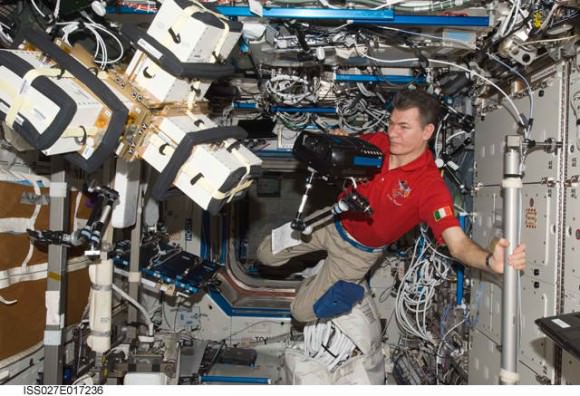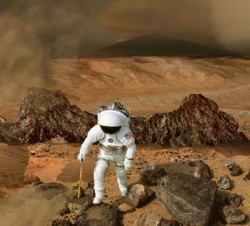OTTAWA, CANADA – Astronauts appear to hold their heads more rigidly in relation to their trunks after returning to Earth from multi-month spaceflights, which may affect how they balance themselves back on Earth, according to ongoing research.
A note of caution: the sample size is small (six astronauts so far) and the research is still being conducted by the University of Houston and NASA. So this isn’t finalized in any sense. The early studies, however, shows that people returning to Earth may be changing their “strategy”, said Ph.D. student Stefan Madansingh.
“The changing strategy might put you at higher risks of falls as you ambulate around your environment, and if you are on Mars and you fall and break your hip, that is the start of a very bad day,” he said in a speech.

Generally, NASA is interested in learning about changes in cardiovascular, balance and muscle function after six-month spaceflights or more, when they are “like spaghetti people,” Madansingh said. Over the years, astronauts have shown changes in inner eye pressure, bone density, muscles and their balance, among other things.
To obtain the information, NASA has had astronauts walking around a simple obstacle course, which they encourage astronauts to complete at a comfortable walking pace. They’ll weave around pylons, climb ladders and do other simple tasks.
Tests are performed at 180, 60 and 30 days before launch, then one, six and 30 days after landing. (In the shuttle era, astronauts would do these types of tests immediately after landing, but these days there’s a day-long flight from Kazakhstan before arriving in Houston.) Some tests are started from a lying position, and some from a sitting position.

It takes more time for astronauts to complete the obstacle course after coming back from space, Madansingh said, and his ongoing research looks at the relation between the head and trunk as the astronauts are doing so.
As controls, NASA uses bed rest subjects, who are people voluntarily spending 70 days in a head-down position without getting up once, even to go to the bathroom. “I think it’s absolutely bonkers,” Madansingh joked, but added that the bed rest subjects don’t show that same head-trunk changes that returning astronauts do. More research will be needed to learn why, he said.
NASA is putting particular emphasis on these studies as astronauts spend longer times in space. The first one-year International Space Station stay is scheduled for 2015, although some cosmonauts have spent a year or more on the Russian space station Mir.
Madansingh delivered his comments Nov. 15 at the Canadian Space Society annual conference in Ottawa.


Ive never been encouraged by the results of mans interaction with actual space, or in this case i guess you could technically call it low orbit at 270 miles. What we can achive in space is amazing. Just not mans viablity in space. Food has been tough, as well as the physical toll on the total body. We are just now getting up to a year in space test, and thats tenitive. See how it goes. I do admit that i notice the problems that are most talked about is in returning to earths gravity and the overall effects of it. Not much is ever said poorly of there time on the ISS. Are they still sharp and strong on there train of thought after 6 months in space? That would be interesting to know